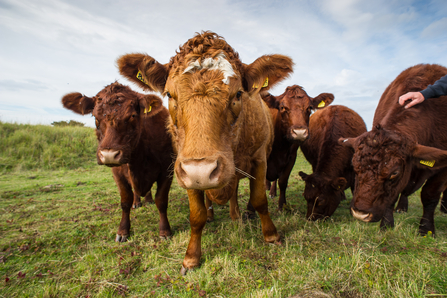
Image by Matthew Roberts.

Image by Matthew Roberts.
Backed by over 95% of consultation responses, and providing continuity for farmers and land managers, the regulations will include a two metre ‘buffer strip’ from the centre of hedgerows with no cultivation or application of pesticides or fertilisers, and a hedge cutting ban between 1 March and 31 August each year to protect nesting birds.
The regulations will support the efforts of many farmers in this region already carrying out vital work to protect hedgerows, providing important ecological benefits including wildlife habitats, slowing soil erosion and water run-off, supporting crop pollinators and absorbing carbon.
Duncan Hutt, Northumberland Wildlife Trust Director of Conservation says:
“Farmers have been protecting, planting and maintaining our hedgerows for centuries and their continued efforts to help wildlife thrive on their farms alongside food production is commendable.
“Over 80% of farmer responses to Defra's hedgerow consultation were supportive of protections for hedgerows, demonstrating that farmers recognise how important these habitats are not just for nature, but for sustainable farm businesses as well.
“Thriving hedgerows provide a natural pest management service for farmers, hosting a huge range of beneficial insects which feed on aphids and other invertebrates which can damage crops.
The new regulations will sit alongside the existing Hedgerows Regulations 1997 which prohibit the removal of countryside hedgerows, or parts of them, without first seeking approval from the Local Planning Authority. The Wildlife and Countryside Act 1981 meanwhile prohibits the killing, injuring or taking of wild birds, or taking or damaging their eggs and nests.